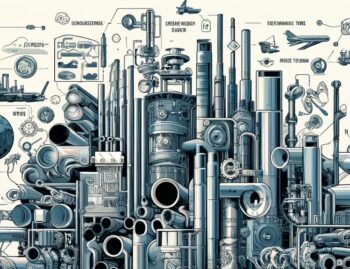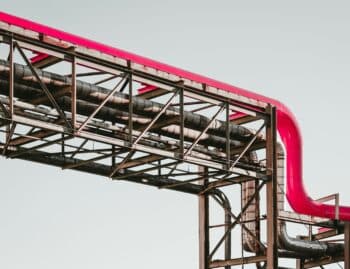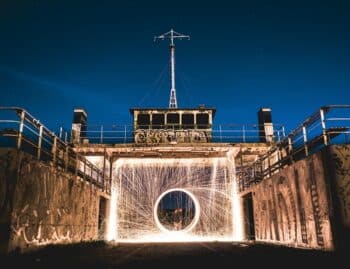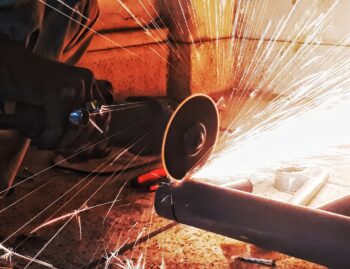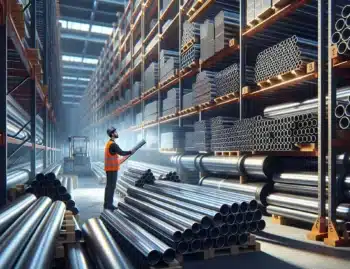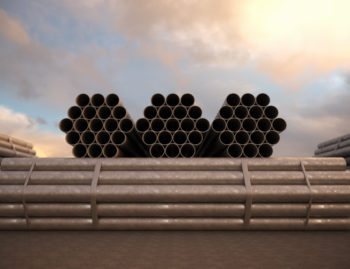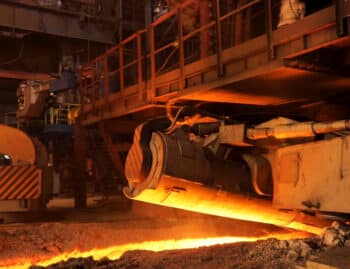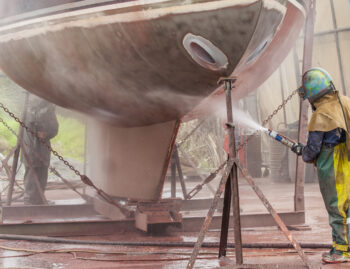When undergoing any construction process, it is crucial to have the correct materials. When that project involves any type of piping, someone will have to make a decision between welded and seamless pipes. That decision is not always a straightforward as it appears.
For example, there are many regulations regarding the use of welded pipes. This based on the materials traveling through the pipe and the pressure those materials will travel under. Therefore, it’s important to know about seamless steel pipes before making a decision.
Seamless vs. Welded Pipes
A seamless pipe is manufactured using a long steel cylinder. First, engineers heat up the cylinder. Then, they insert a tool called a mandrel through the center of the cylinder. The cylinder is then rolled and stretched until it reaches the necessary size and wall thickness of the pipe.
Conversely, a welded pipe starts as a flat sheet of steel that is molded into the shape of the pipe. The two sides are then welded together. While it seems like this type of pipe would have an obvious seam that would have to be ground down, many pipes are welded using a high frequency electrical current that fuses the two sides together seamlessly.
Advantages of Seamless Pipe
Welded pipes are more vulnerable to failure at the weld location,
even if a seam may not be visible. Despite improvements in welding technology, a welded pipe can handle a maximum pressure 20% less than that of a seamless pipe.
There are other advantages to the seamless pipe. A seamless pipe does not require any weld integrity testing and, in most cases, a heat treatment. That’s because seamless pipes harden during the manufacturing process.
It is also possible to substitute a seamless pipe for a welded pipe. Meanwhile, a welded pipe cannot take the place of a seamless pipe due to strong regulations.
Most importantly, seamless pipes are more resistant to corrosion. They contain fewer impurities and defects related to malleability. These usually arise in the welded portion of a welded pipe.
Advantages of Welded Pipe
While the seamless pipe has many advantages, the welded pipe may have some as well. For example, a welded pipe is less expensive than a seamless one, and they have a shorter procurement lead time.
It is not always necessary to use a seamless pipe, but the oil and pharmaceutical industries often require them. The high temperatures and pressures related to their products make seamless pipes a necessity.
As a result of industry regulations, engineers need to consider the pipe’s manufacturing and grade. Seamless and welded processes cannot manufacture all grades.
To meet strict deadlines, an engineer must have a thorough understanding of manufacturing constraints.
Whether a seamless or welded pipe is the right choice for a particular construction project is a complicated decision relying on multiple factors and resources. What the pipe will be transporting is the main consideration.
Seamless pipe may be more costly and difficult to come by, but it is a sturdy and versatile product that could reshape the future of engineering.
Federal Steel Supply’s API 5L Seamless Pipe is a choice product for the petroleum and natural gas industries.


